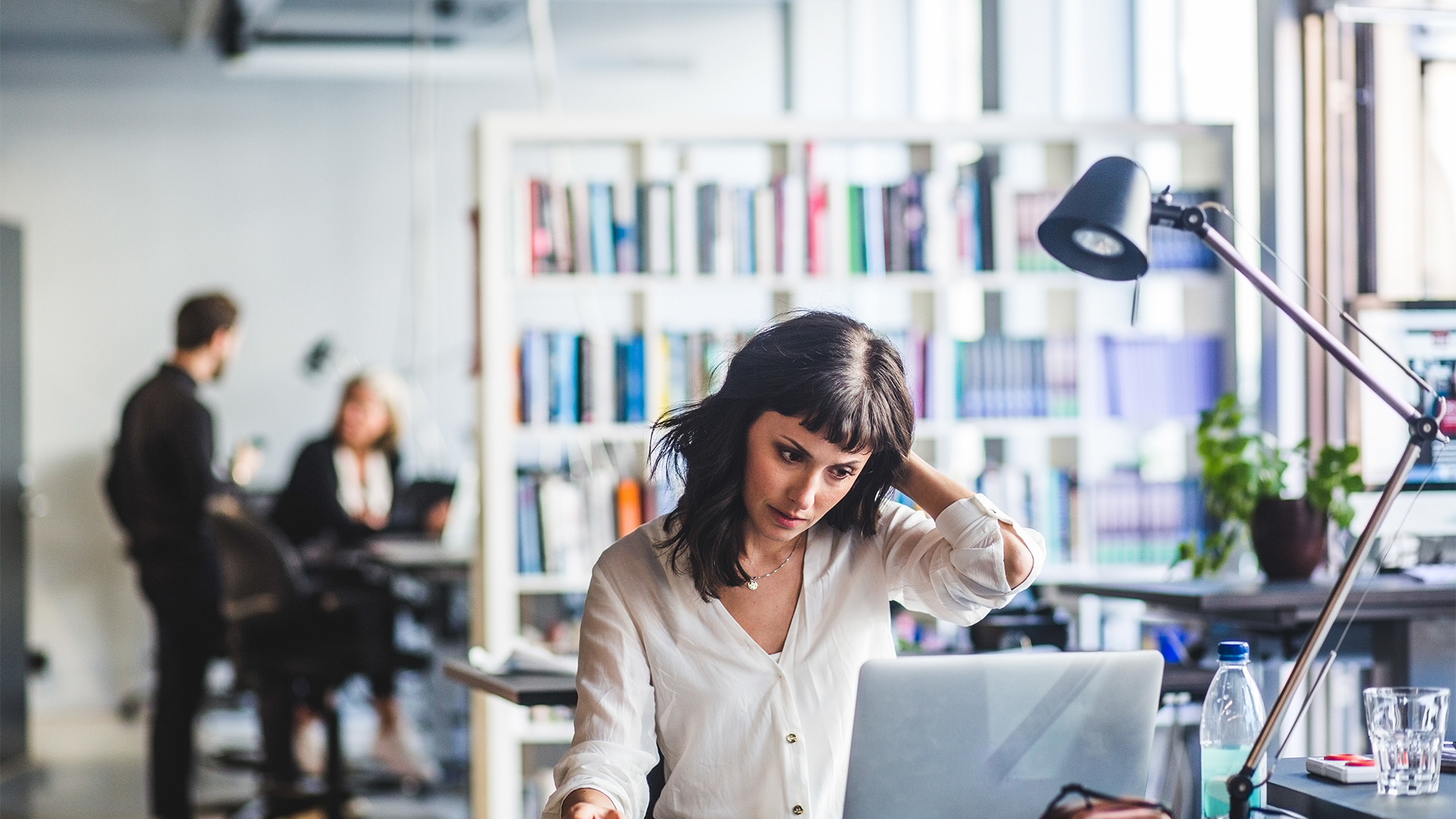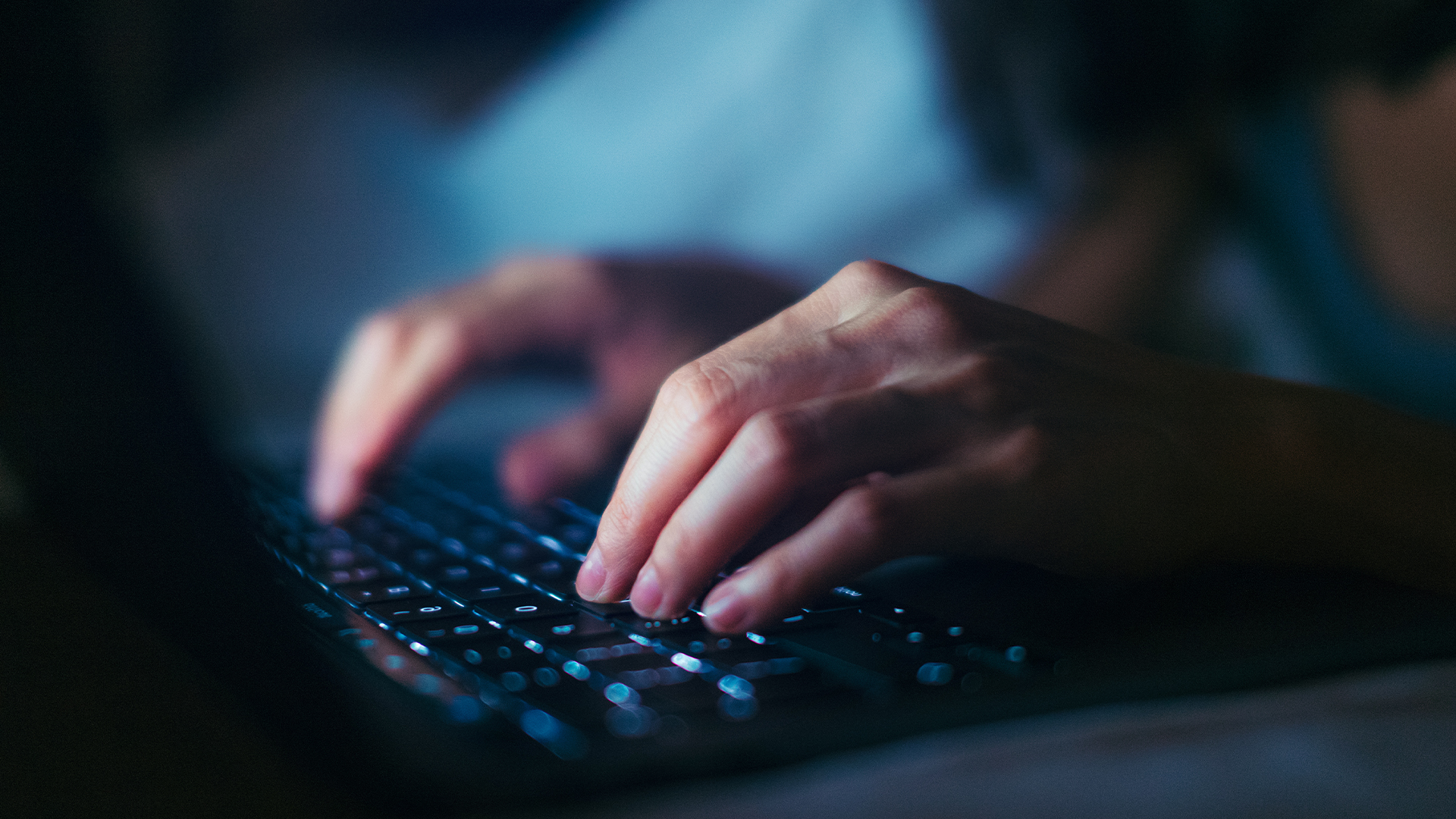Human errors still a leading cause of cyber incidents, says Kaspersky
The worst-affected industries are government, IT firms, and the financial and industrial sectors


There were more than two critical cyber incidents with direct human involvement per day last year, according to new research from Kaspersky.
The company's annual Managed Detection and Response (MDR) Analyst Report concludes that nearly a quarter of incidents were driven by humans.
Just over one-in-five involved various types of cyber exercises which had been previously classified by Kaspersky as targeted attacks, but which were redesignated after explanation by the customer.
The government sector was hardest-hit, accounting for 22.9% of all detected high-severity incidents. IT companies came second. at 15.4%, closely followed by financial and industrial companies with 14.9% and 11.8% of incidents respectively.
The most incidents per 10,000 devices were found in mass media organizations, development companies, and government agencies.
Despite concerns over human-related errors, Kaspersky noted that the percentage of malware attacks resulting in serious consequences dipped slightly last year, accounting for just over 12% of the total reported critical incidents.
This, the company noted, marks the smallest share of high-severity incidents in recent years.
Sign up today and you will receive a free copy of our Future Focus 2025 report - the leading guidance on AI, cybersecurity and other IT challenges as per 700+ senior executives
This trend can be attributed to the commoditization of attacks through the widespread adoption of existing tools, originally designed for conducting targeted campaigns which, due to deliberate or accidental leaks, have become common.
These tools are now being repurposed in attempts to implement fully automated attacks, says the firm.
"In 2023, Kaspersky detected a smaller number of high-severity incidents, but observed a simultaneous increase in the number of medium and low severity ones. This redistribution of occurrences is associated with the detection of malware without visible traces of active human participation in attacks, which can be explained by the commoditization of tools," said Sergey Soldatov, head of security operations center at Kaspersky.
"However, it’s important to understand that the low number of high-severity incidents does not necessarily indicate low damage. Targeted attacks are now planned more carefully, and become more dangerous. Therefore, we recommend the use of effective automated cybersecurity solutions managed with the help of experienced SOC analysts."
RELATED WHITEPAPER

Malware attacks accounted for just over 12% of incidents - the lowest proportion yet, according to the firm. Most were classified as medium or low severity.
Fewer than one-in-twenty related to publicly available critical vulnerabilities, while around 4% were the result of successful social engineering with further attack development.
And fewer than 1% of incidents were linked to insiders, while nearly one in three related to suspicious activity from legitimate accounts with no visible signs of compromise.
Almost one-in-ten incidents involved Living Off the Land Binaries - LOLBins - with the figure rising to a third of high-severity incidents. The most popular LOLBins were powershell.exe and rundll32.exe, which were used in 2% of all incidents and in 12% of critical incidents.
Meanwhile, a relatively high number of incidents were associated with the detection of adding accounts to various privileged groups such as domain admins or enterprise admins.
Emma Woollacott is a freelance journalist writing for publications including the BBC, Private Eye, Forbes, Raconteur and specialist technology titles.
-
 Trump's AI executive order could leave US in a 'regulatory vacuum'
Trump's AI executive order could leave US in a 'regulatory vacuum'News Citing a "patchwork of 50 different regulatory regimes" and "ideological bias", President Trump wants rules to be set at a federal level
-
 TPUs: Google's home advantage
TPUs: Google's home advantageITPro Podcast How does TPU v7 stack up against Nvidia's latest chips – and can Google scale AI using only its own supply?
-
 Hackers are disguising malware as ChatGPT, Microsoft Office, and Google Drive to dupe workers
Hackers are disguising malware as ChatGPT, Microsoft Office, and Google Drive to dupe workersNews Beware of downloading applications like ChatGPT, Microsoft Office applications, and Google Drive through search engines
-
 Almost half of US organizations still using Kaspersky, researchers claim
Almost half of US organizations still using Kaspersky, researchers claimNews A ban was introduced due to Kaspersky’s supposed links to the Russian government
-
 Enterprises are struggling to fill senior cybersecurity roles — and it's causing staff burnout to skyrocket
Enterprises are struggling to fill senior cybersecurity roles — and it's causing staff burnout to skyrocketNews Many senior roles take months to fill, creating cumbersome workloads for mid-level staff and increased burnout
-
 Kaspersky to shut down US division ahead of sales ban
Kaspersky to shut down US division ahead of sales banNews The Russian security company will exit the US and cut staff ahead of a government-imposed sales ban
-
 Botnets are being sold on the dark web for as little as $99
Botnets are being sold on the dark web for as little as $99News More than 20 offers for botnets for hire or sale have been discovered on dark web forums and Telegram channels this year
-
 Small businesses face continued security threats as trojan attacks surge
Small businesses face continued security threats as trojan attacks surgeNews Cyber attacks on small businesses are still growing at a steady pace
-
 Most passwords take a matter of minutes to crack – here’s how you can create strong, hacker-resistant credentials
Most passwords take a matter of minutes to crack – here’s how you can create strong, hacker-resistant credentialsNews Passwords are still criminally insecure and can be cracked or guessed by hackers with ease, but what precautions can you take to avoid getting breached?
-
 Kaspersky hits back at US software ban, citing political motivations and “theoretical concerns”
Kaspersky hits back at US software ban, citing political motivations and “theoretical concerns”News Kaspersky said it has “repeatedly demonstrated" its independence from any government interference
